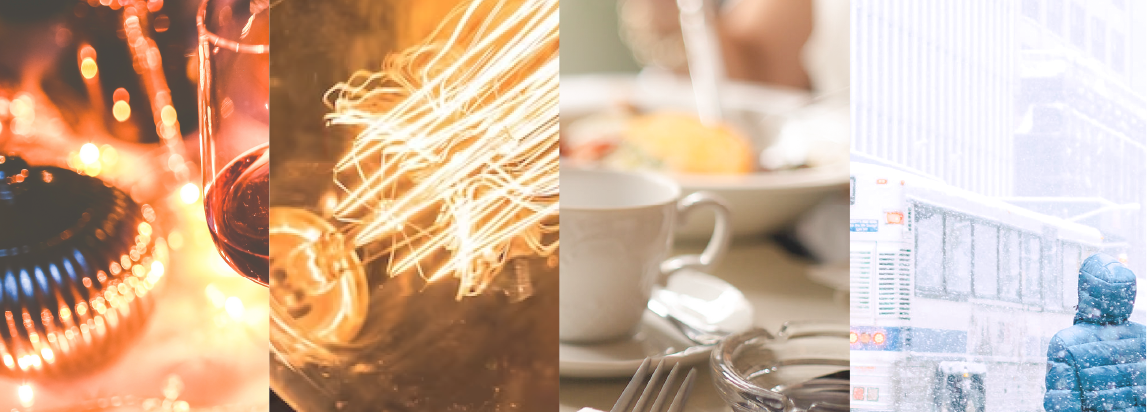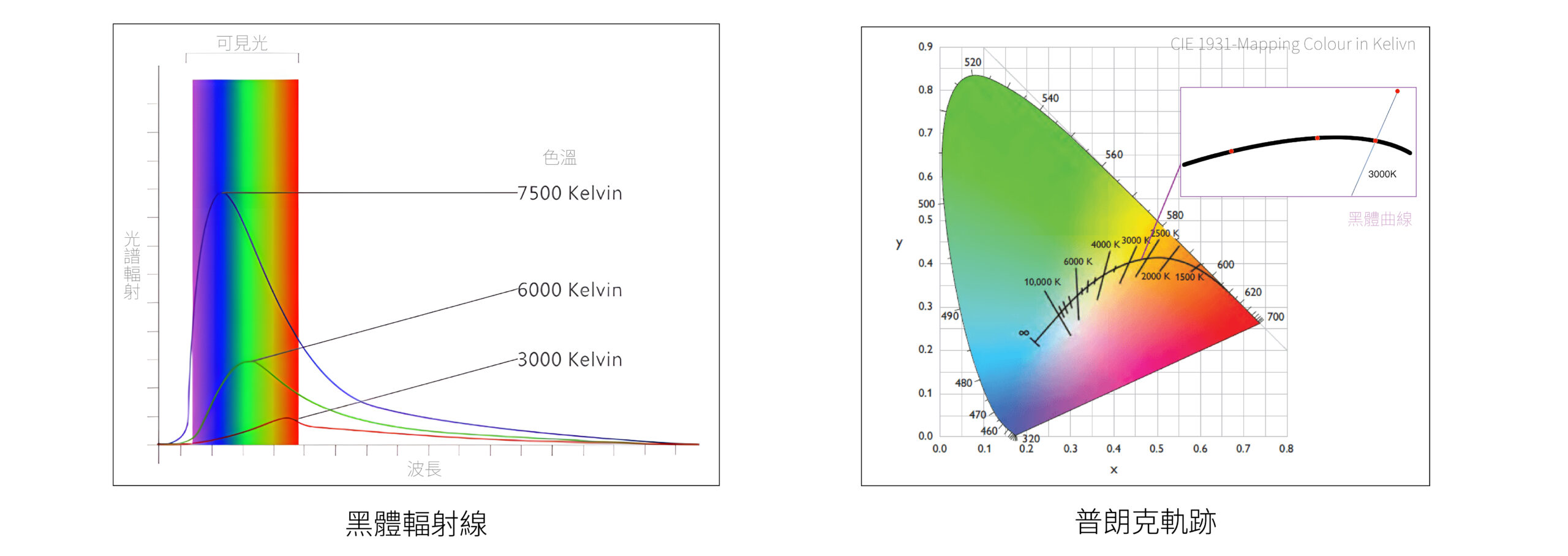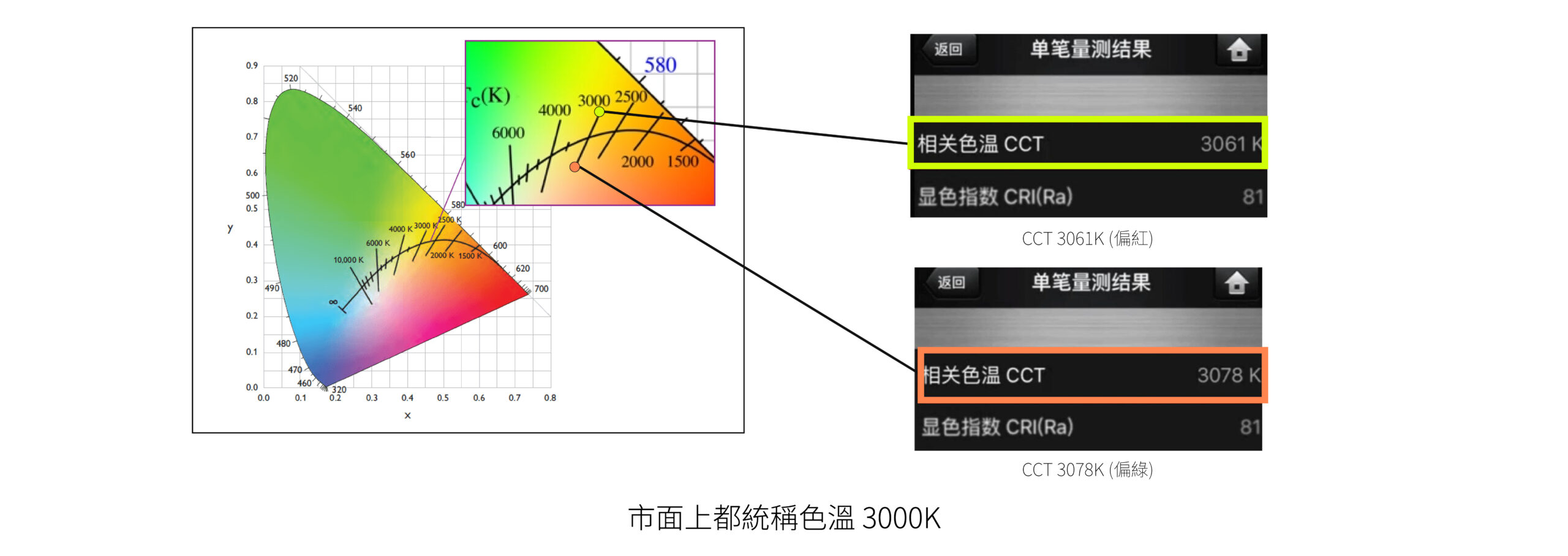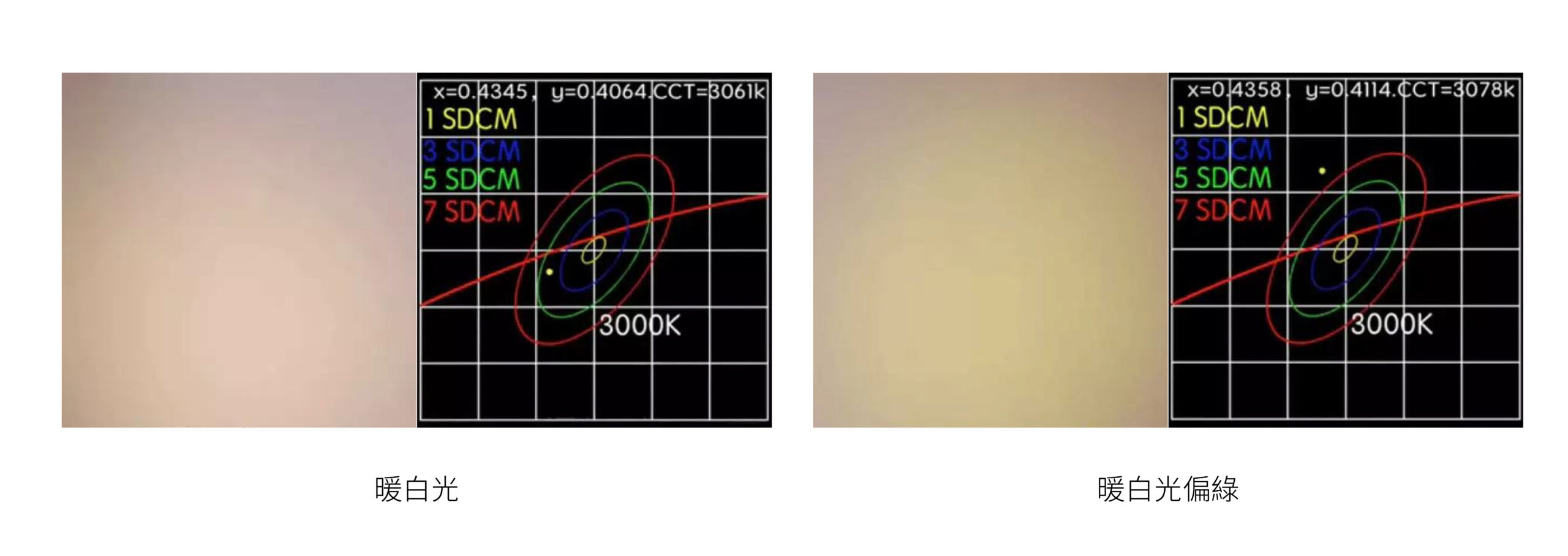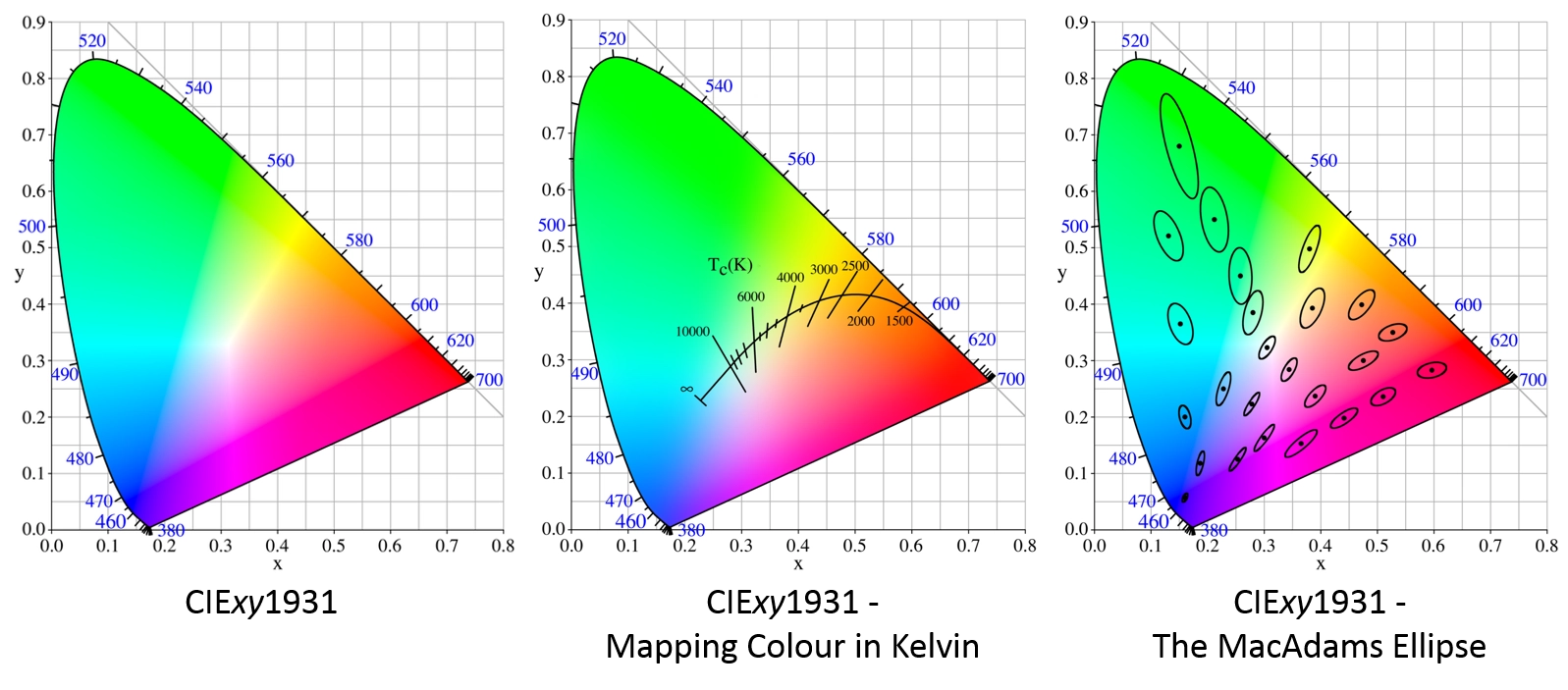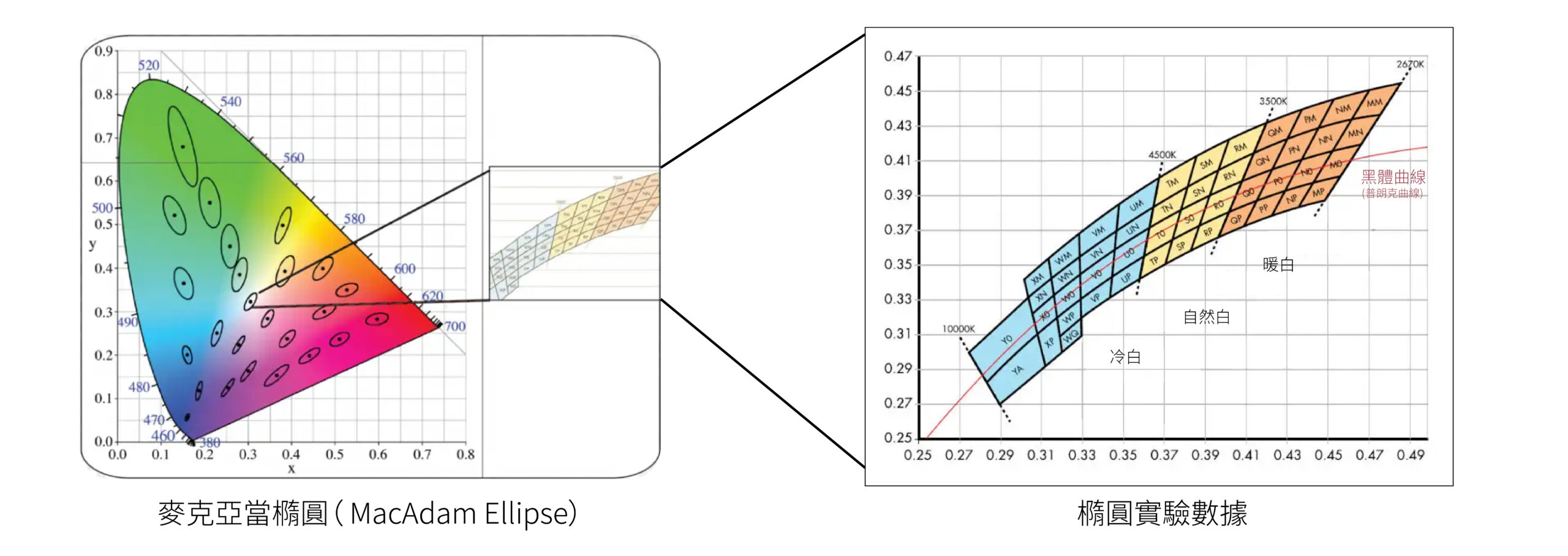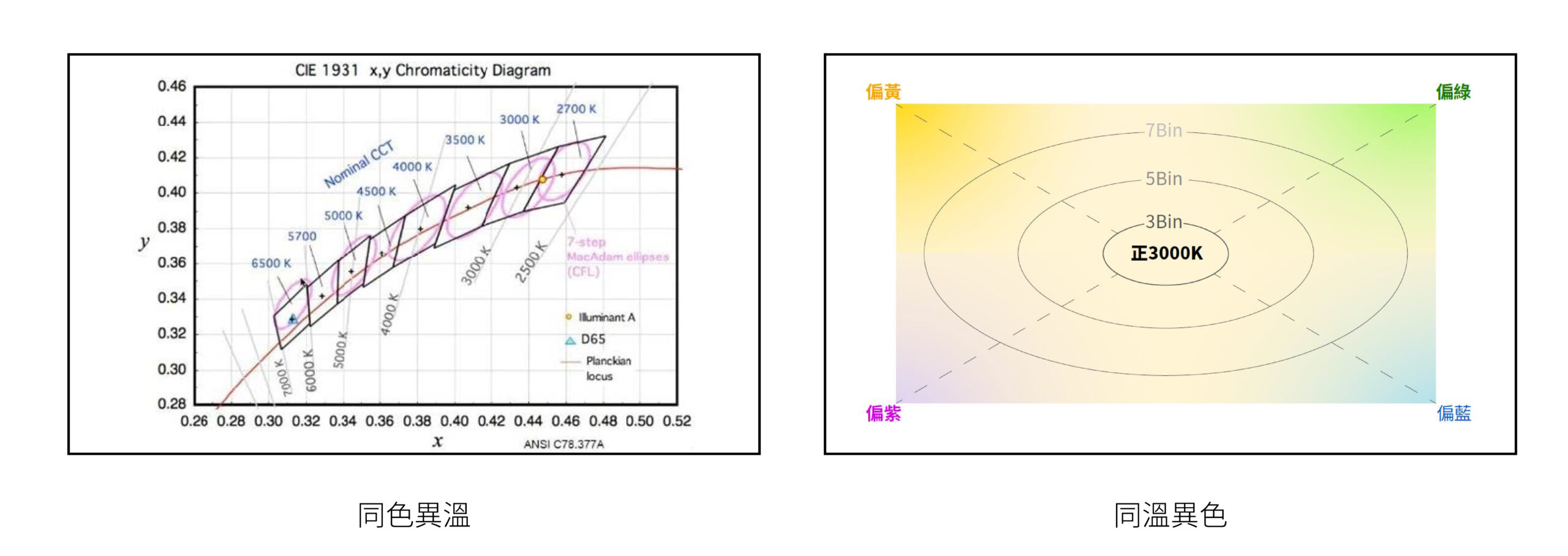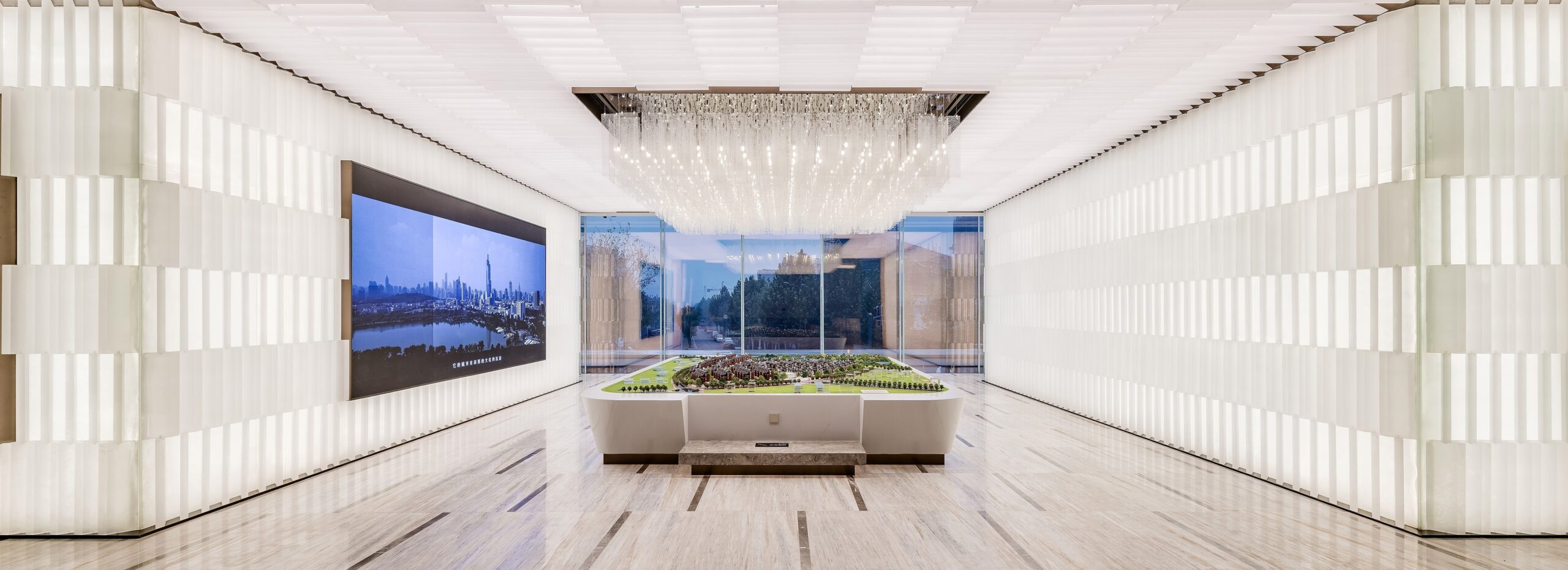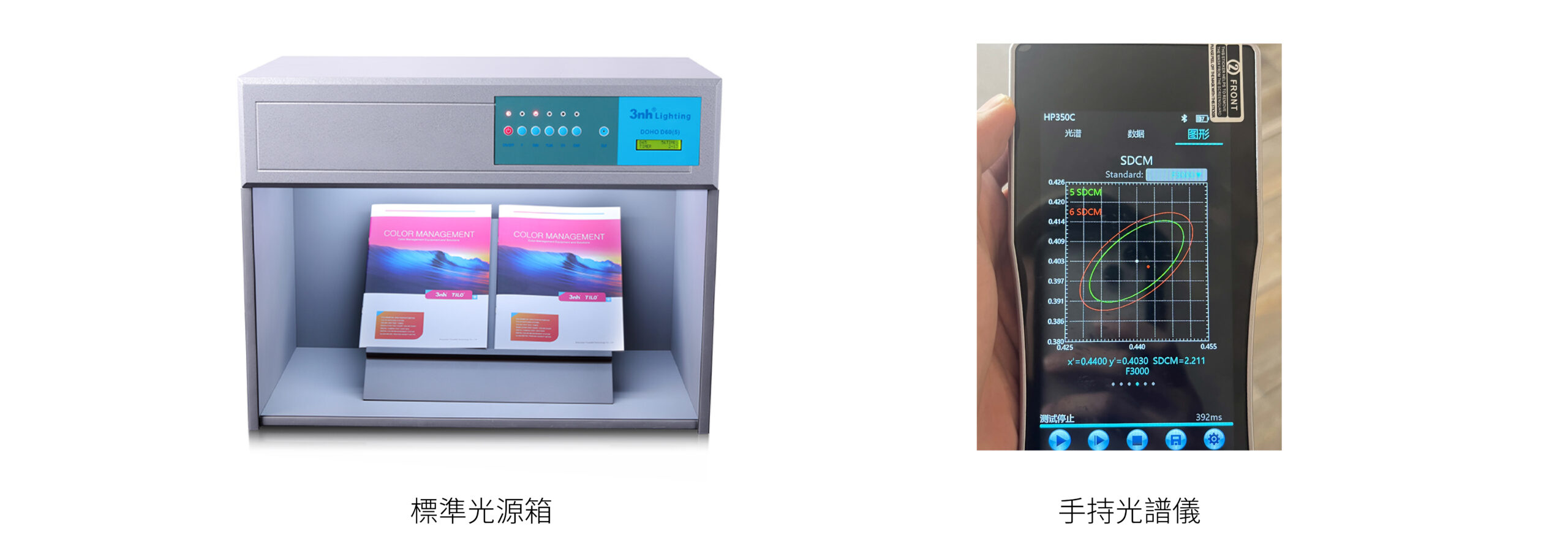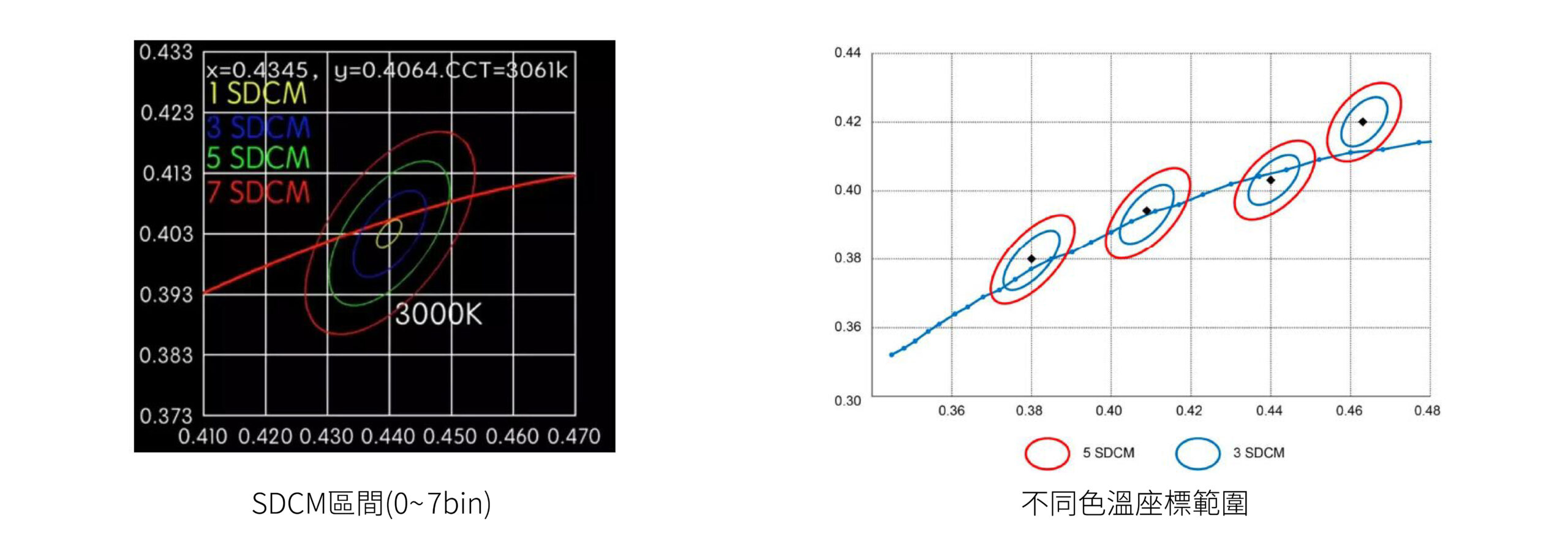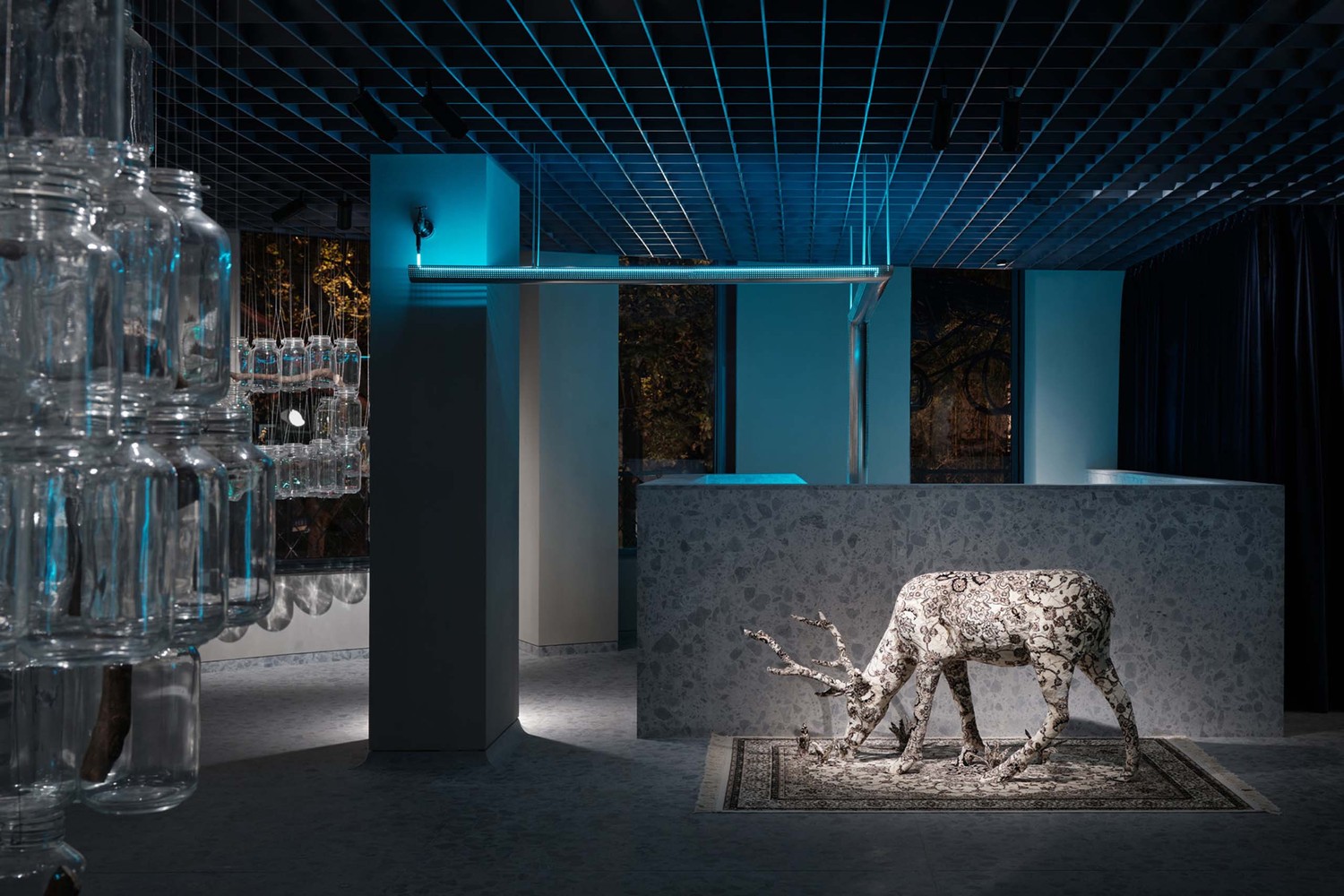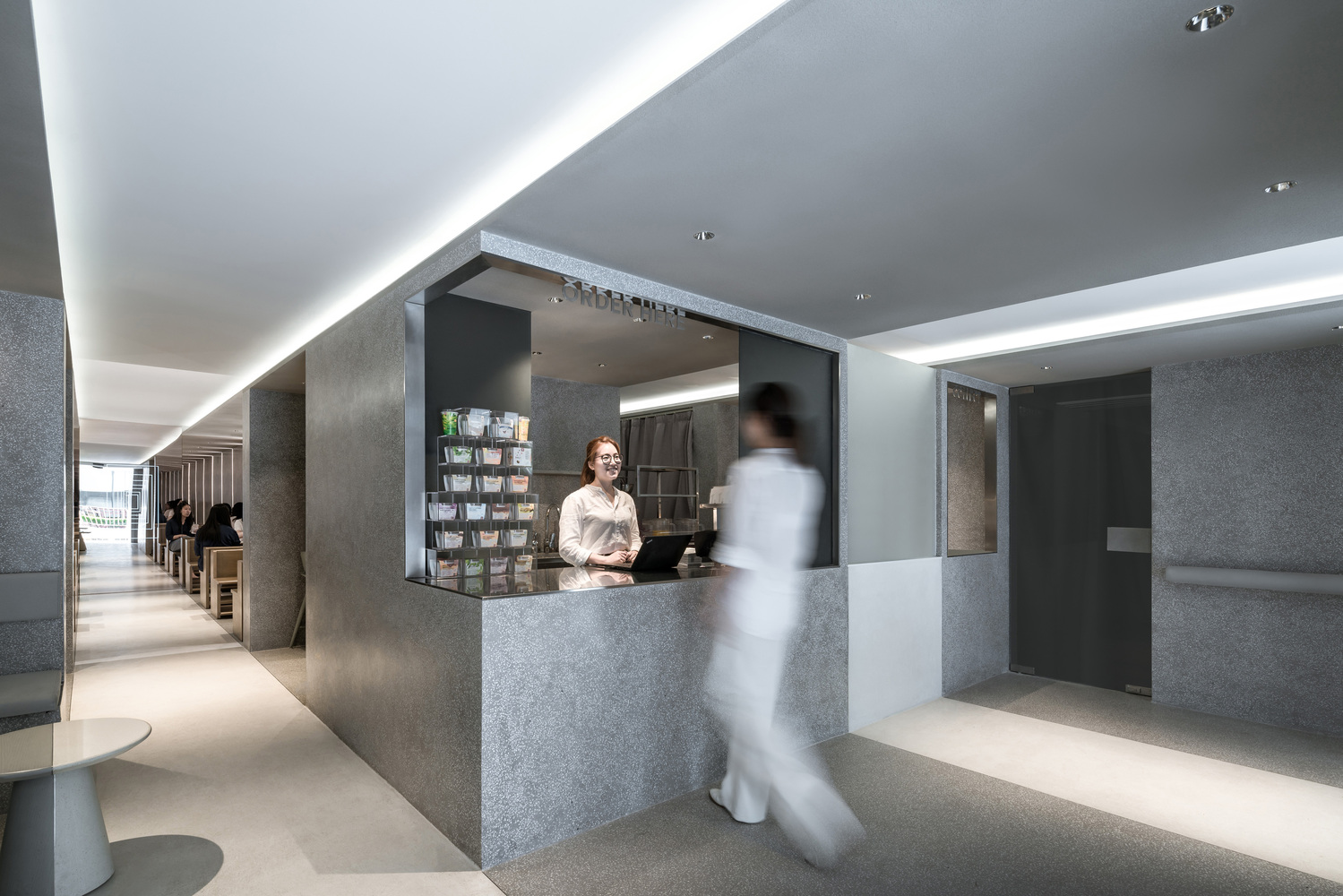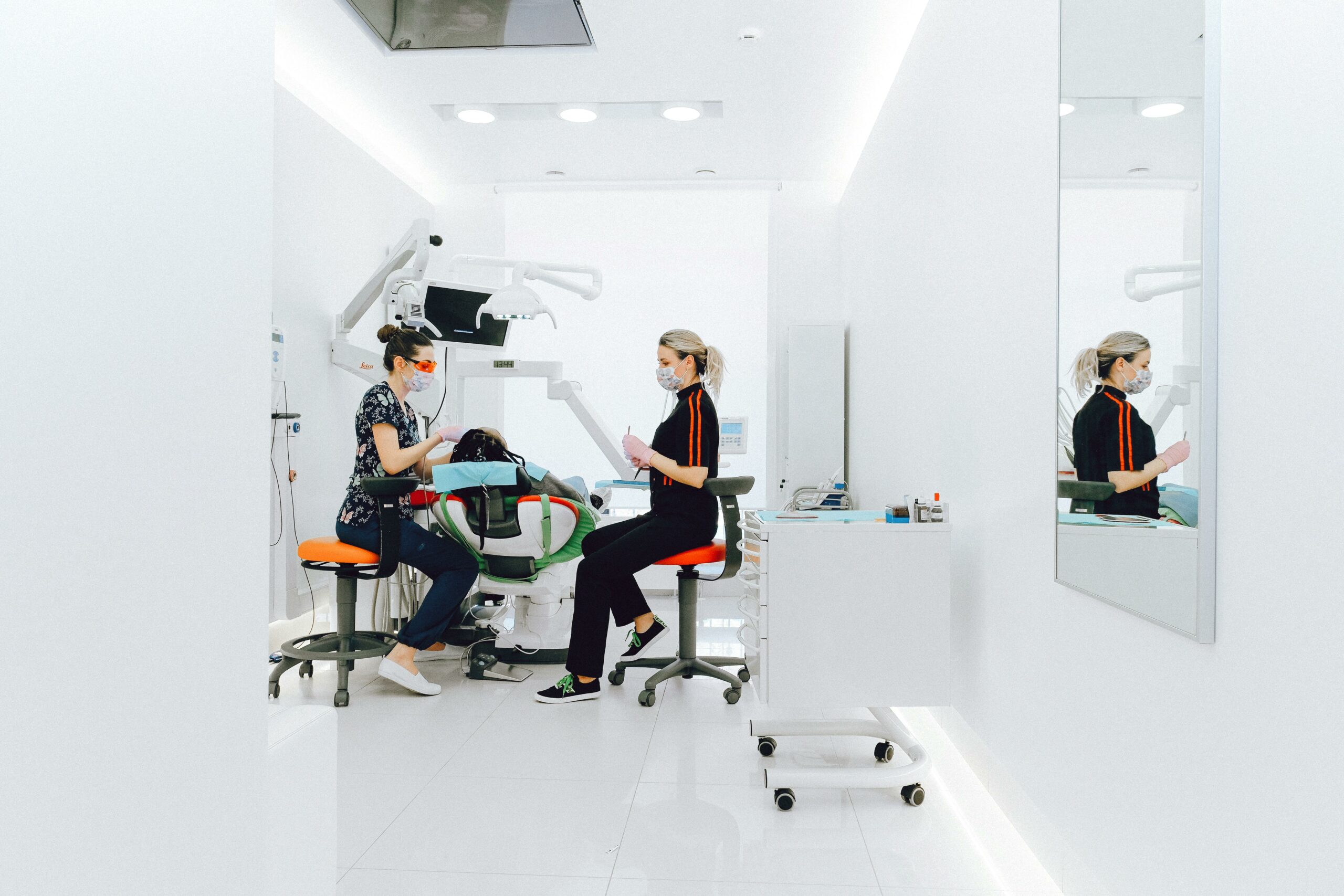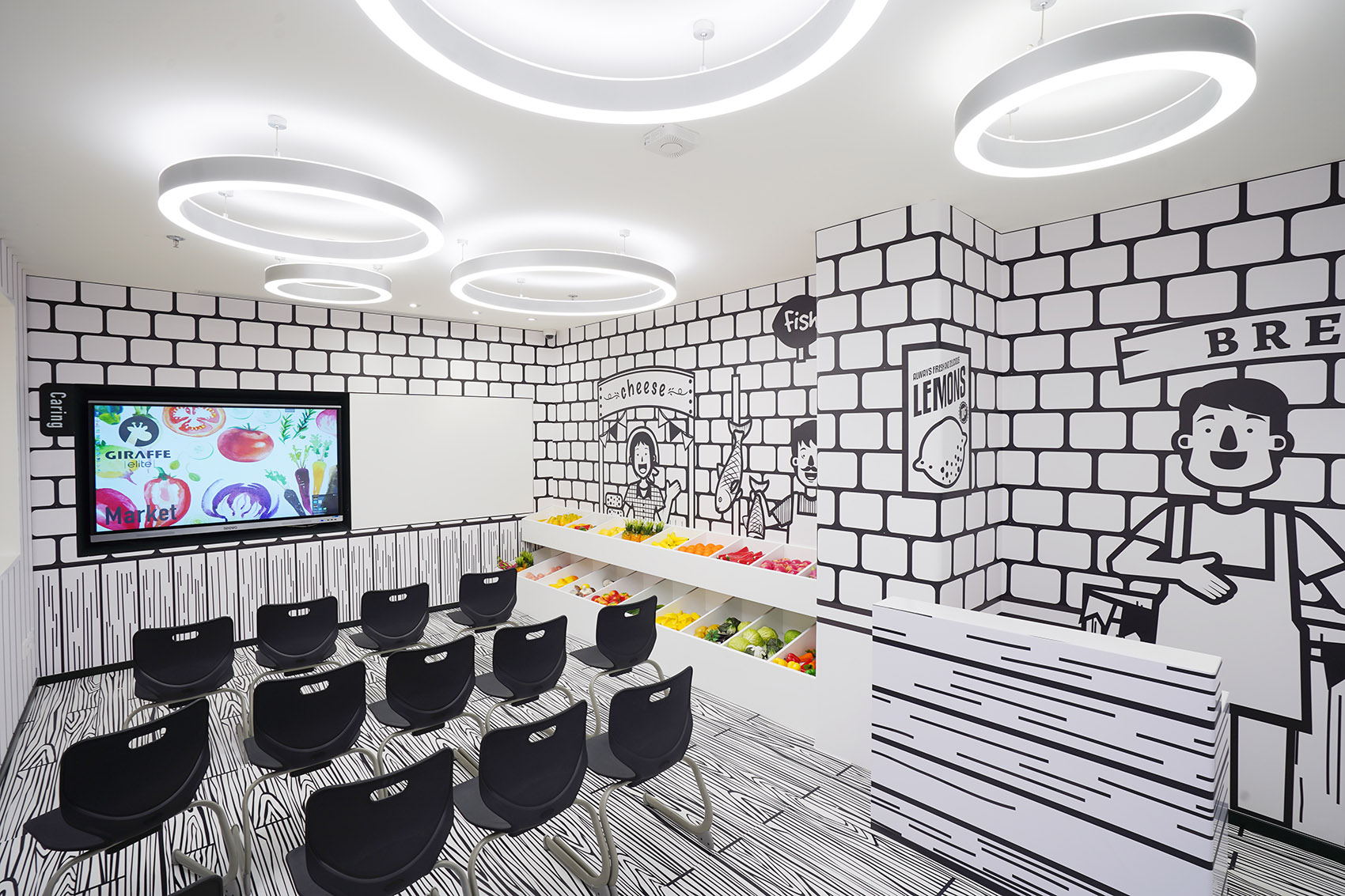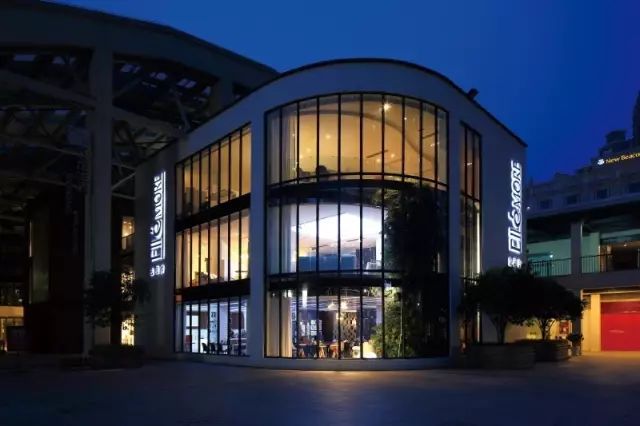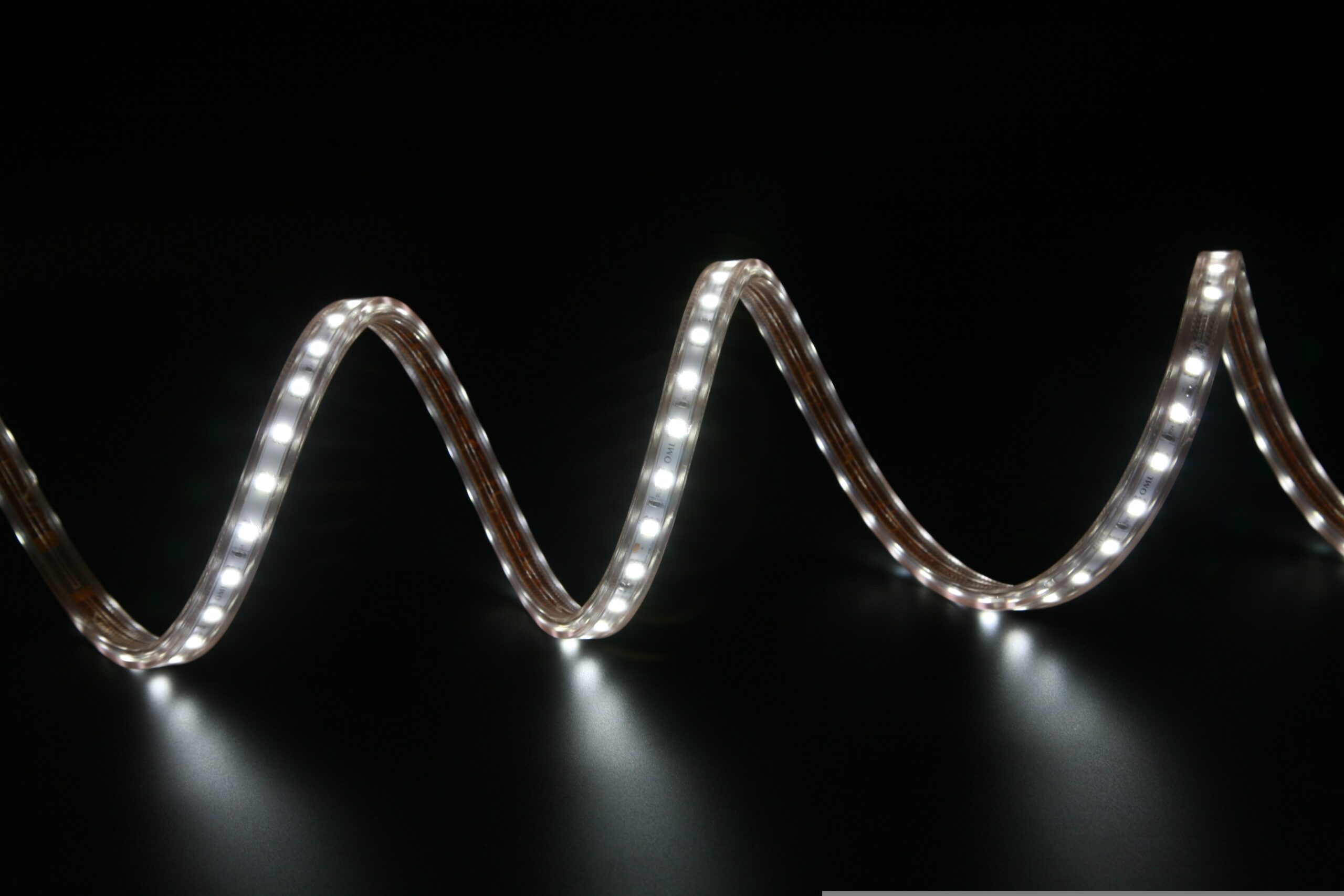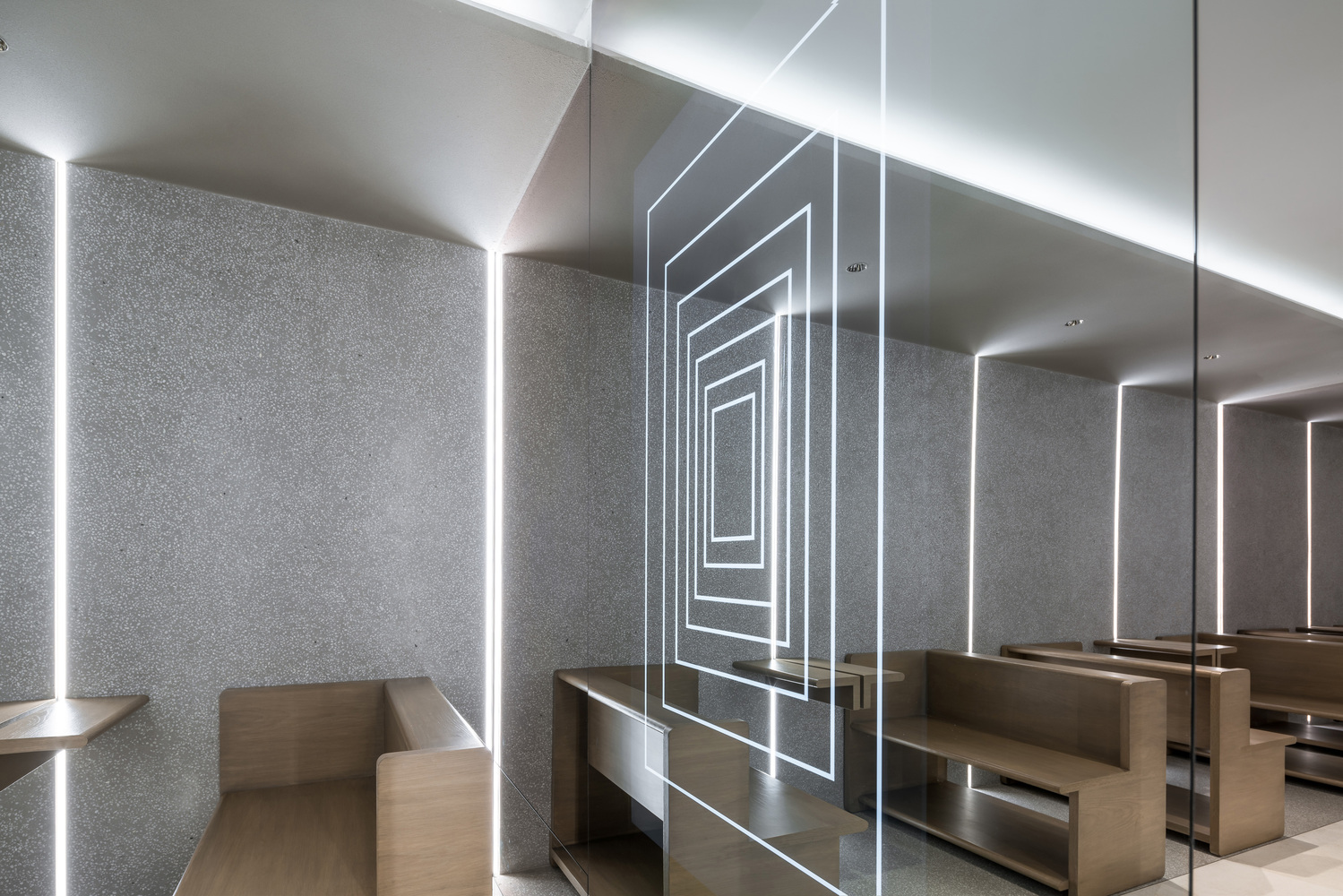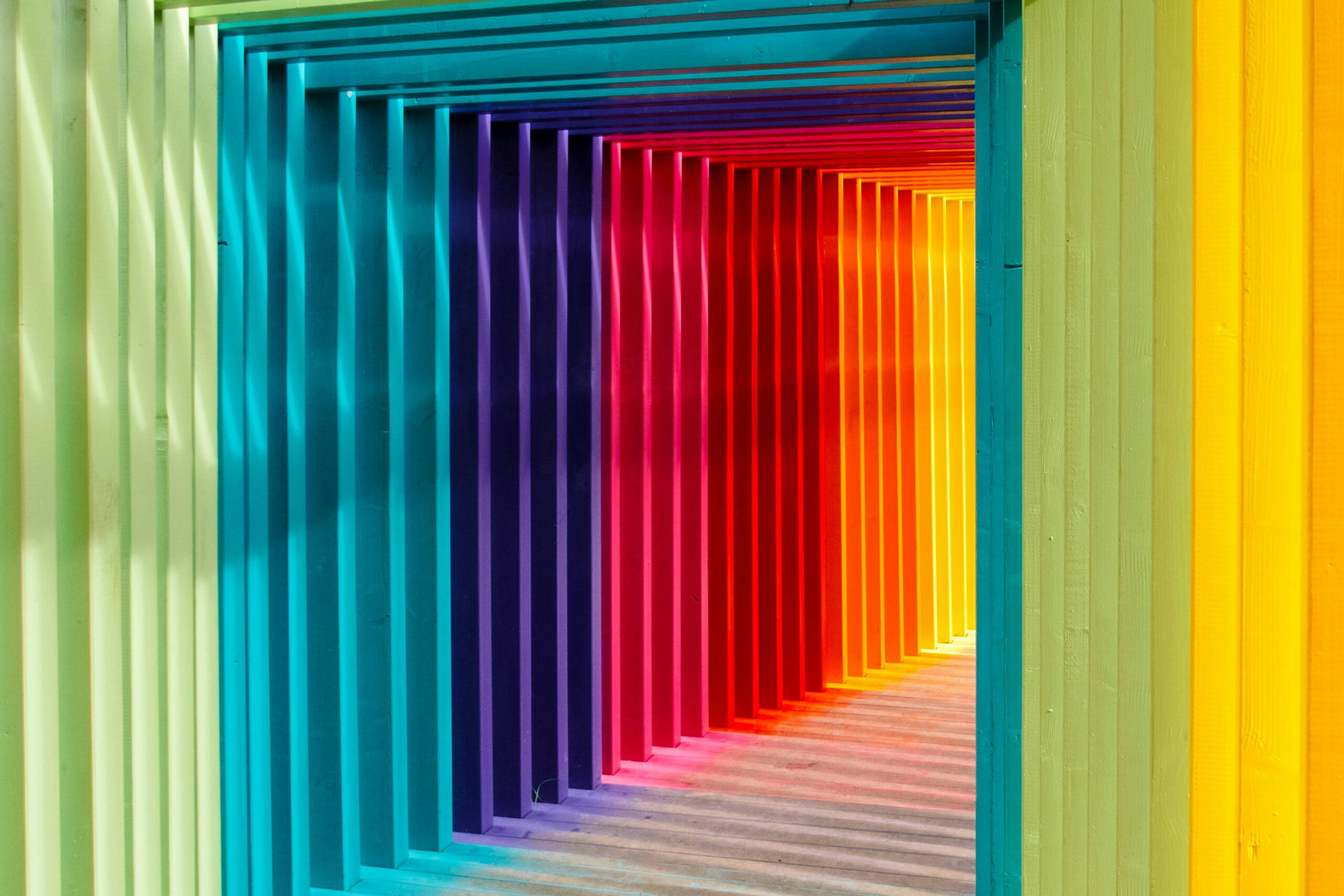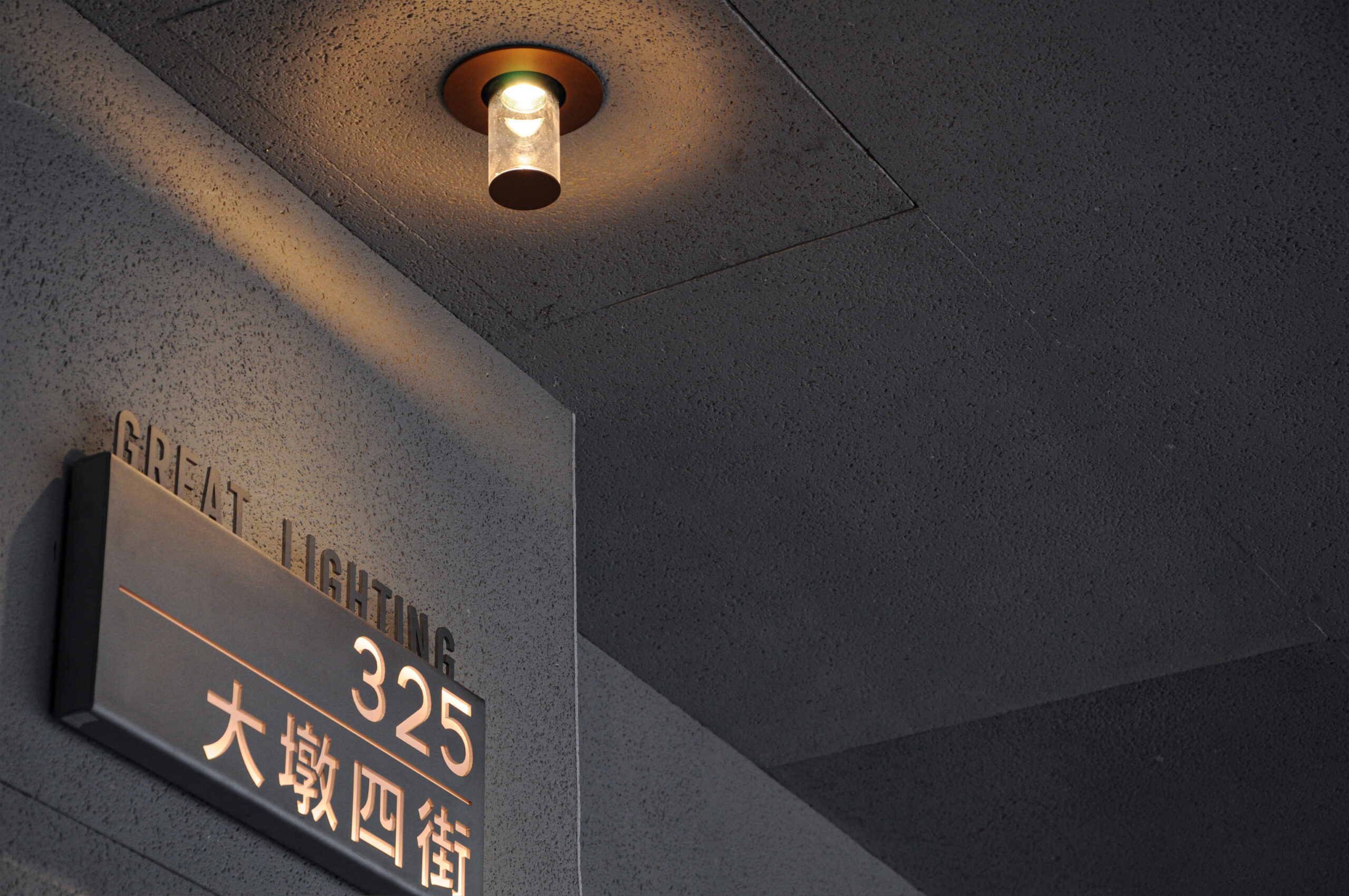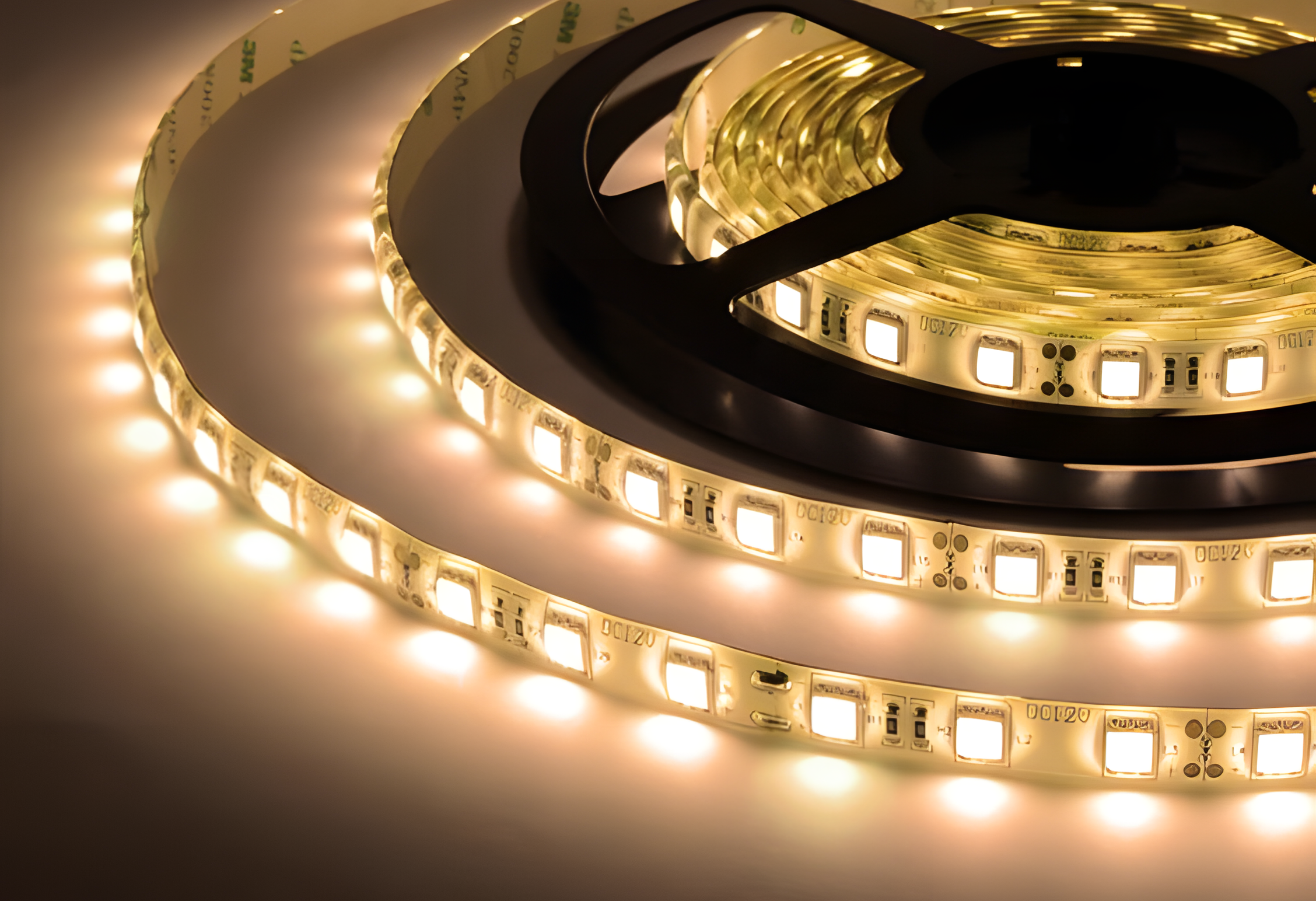
有過這樣的經驗嗎?
當客戶花費大筆錢進行裝修後,過了幾年再次要求汰換維修燈具。很多廠商提供給您的新燈具,卻出現了與原燈具色溫不一致的問題,導致設計效果大打折扣,客戶也因此對您產生質疑。
這種事情怎麼會發生?您可能會感到困惑。
明明都是從相同通路購買,產品規格也標明客戶要求的色溫,理所當然不應有錯。但實際現場卻發現新裝上去的燈具與前一批的色溫不一致?
燈具照射出偏青或偏紅的色差,客戶對您的專業性產生質疑,這真的讓人感到無奈。
Have you ever experienced this?
After your client invested a significant amount of money in renovations, they came back a few years later requesting to replace and maintain the lighting fixtures. Many suppliers provide new fixtures that end up having a different color temperature than the original ones, compromising the design effect and causing the client to question your professionalism.
How could this happen? You might feel confused.
Even though the products were purchased from the same source and the specifications indicated the correct color temperature, the newly installed fixtures still ended up having a different color temperature from the previous batch.
The fixtures emitted a color that appeared slightly green or red, causing the client to doubt your expertise, which can be really frustrating.
所以,為什麼會有這樣的光色偏差呢?難道不能依賴色溫標示確保光色的一致嗎?如果之後又碰到同樣事情又該怎麼辦?
不用擔心,我們是專業的燈光廠商,能夠提供穩定且高品質的照明產品,確保您的設計效果始終如一。正因為深知設計師常遇到這些問題的窘境,就讓我們娓娓道來色差的原因和解決之道吧!
So, why does this color discrepancy occur? Can’t we rely on the color temperature labeling to ensure consistency? What can be done if the same issue arises again?
Don’t worry. We are a professional lighting manufacturer capable of providing stable and high-quality lighting products, ensuring that your design effects remain consistent. Understanding the challenges designers face, let us explain the causes of color discrepancy and the solutions to address them!
A Brief Discussion on Color Temperature
淺談色溫
在前文中我們已經介紹過色溫的概念。
簡而言之,只有當光源的光色能夠落在黑體輻射線(亦稱「普朗克軌跡」)上時,才能稱為色溫,也稱為「絕對色溫」。
In the previous text, we have already introduced the concept of color temperature.
In short, only when the light color of a light source falls on the black body radiation curve (also known as the “Planckian locus“) can it be referred to as color temperature, also known as “absolute color temperature.”
因此,Raymond Davis等人提出了「相關色溫(CCT, Correrated Color Temperature)」的概念,它主要在均勻色域圖上用距離最短的溫度來表示光源的相關色溫(CCT)。
市面上所指的色溫其實就是相關色溫。
In the pTherefore, Raymond Davis and others proposed the concept of “Correlated Color Temperature (CCT).” It is primarily used to represent the CCT of a light source by the temperature with the shortest distance on the uniform chromaticity diagram.
The color temperature referred to in the market is actually the correlated color temperature.
然而,在生產照明光源時,調色、封裝或LED的流明、電壓等因素的不同,使得所生產的光色並不能完全落在黑體輻射線上。
這就導致了每批產品的色溫偏差較大,特別是LED光源,它所採用的是相關色溫(CCT),這就意味著色空間存在著色彩公差(Δuv)問題。
色溫的不一致性一直困擾著LED照明產品製造業者,這也是LED作為光源的一個缺點所在。
However, during the production of lighting sources, variations in factors such as color mixing, packaging, or the lumens and voltage of LEDs result in the produced light color not always falling exactly on the black body radiation curve.
This leads to significant color temperature deviations in each batch of products. Especially with LED light sources, which use correlated color temperature (CCT), there is an issue of color tolerance (Δuv) in the color space.
The inconsistency in color temperature has been a persistent problem for LED lighting product manufacturers, highlighting a drawback of LEDs as a light source.
Color Consistency
色彩一致性
國際標準的色溫區分應該根據CIE1931色域圖進行,其中的黑線(也叫普朗克曲線)代表黑體產生不同顏色的標準-色溫。
色域圖顯示每種顏色都可以由紅-綠-藍混合形成,並在圖中具有自己的座標點。普通照明用的LED燈和放電燈的顏色座標位於靠近曲線的外側。
為了判斷燈具的色彩是否在肉眼容許的範圍內,通常會依照麥克亞當橢圓理論(MacAdam Ellipse Theory)進行測試。
International standards for color temperature differentiation should be based on the CIE1931 chromaticity diagram. The black line (also known as the Planckian locus) represents the standard color temperatures produced by a black body.
The chromaticity diagram shows that every color can be formed by mixing red, green, and blue, each with its own coordinate point on the diagram. The color coordinates of LEDs and discharge lamps used for general lighting are located near the curve’s exterior.
To determine whether the color of the lighting fixture is within the acceptable range for the human eye, the MacAdam Ellipse Theory is typically used for testing.
麥克亞當橢圓理論(MacAdam Ellipse Theory),由科學家David MacAdam在1942年提出的理論。
MacAdam使用相關色溫針對25種顏色進行了實驗,對每個色點的約5至9個相對側進行了測量,並在它們能夠區分色差時記錄了這兩個點。最後呈現在域圖上的一些大小和長度不同的橢圓,被稱為麥克亞當橢圓(MacAdam Ellipse)。
在CCT公差(Δuv)中,色溫問題還表現為色溫值測試相同,但光色不同的「同溫異色」,以及光色相同但色溫值測試不同的「同色異溫」。色溫越低,同溫異色與同色異溫就越嚴重。
The MacAdam Ellipse Theory, proposed by scientist David MacAdam in 1942, is a method for quantifying color differences.
MacAdam conducted experiments on 25 colors using correlated color temperature (CCT), measuring about 5 to 9 relative sides for each color point. He recorded the points when color differences could be distinguished. These varying-sized ellipses plotted on the chromaticity diagram are known as MacAdam Ellipses.
In the context of CCT tolerance (Δuv), color temperature issues manifest as “metamerism,” where lights have the same color temperature but different perceived colors, and “isospectral,” where lights have the same perceived color but different color temperature measurements. The lower the color temperature, the more pronounced the metamerism and isospectral issues become.
那麼,什麼樣的公差才是合格的公差範圍呢?
What constitutes an acceptable tolerance range for color deviation?
Standard Deviation of Color Matching
色容差SDCM
SDCM主要依賴標準光源箱等專業檢測設備,精確測量光源的色域座標,並透過計算這些數據來確定不同光源之間的色容差。
我們也可以使用手持光譜儀進行測量。
SDCM primarily relies on specialized testing equipment such as standard light source boxes to accurately measure the chromaticity coordinates of light sources. These measurements are then used to calculate the color tolerances between different light sources.
Handheld spectrometers can also be used for measurements.
測試LED燈珠時,偵測設備會自動辨識被測LED光源的色溫範圍,並確定對應的標準光源色溫值,從而計算其色容差。
色容差的單位是SDCM(Standard Deviation of Color Matching),表示被測光源的X、Y值與標準光源座標的差異。
SDCM的範圍在0到7之間,1 SDCM表示LED燈條無色差,2-3 SDCM表示幾乎無可見色差。
在相同色溫下,儘管參考標準光譜一致,但色座標X、Y不同,色容差也會有所不同。
When testing LED chips, the detection equipment automatically identifies the color temperature range of the LED light source being tested and determines the corresponding standard light source color temperature value to calculate its color tolerance.
The unit of color tolerance is SDCM (Standard Deviation of Color Matching), which represents the difference between the X and Y values of the tested light source and the coordinates of the standard light source.
The range of SDCM is between 0 and 7, where 1 SDCM indicates no color deviation in LED strips, and 2-3 SDCM indicates virtually imperceptible color deviation.
Even at the same color temperature, if the color coordinates X and Y differ despite referencing the same standard spectrum, the color tolerance will also vary.
以下為LED光源色容差的主要標準:
.能源之星ANSI C78.376,色容差≤7SDCM;
.歐盟標準IEC60081,色容差≤6SDCM;
.中國標準GB10682-2002,雙端螢光燈性能要求色容差≤5SDCM;
.GB24823-2009普通照明用LED模塊的性能要求色容差≤7SDCM。
.GB-T17262-2002單端螢光燈性能要求色容差≤5SDCM。
市面上普遍的公差標準為6-7 SDCM,但實際上,燈具的色容差必須控制在3 SDCM以內,才能使肉眼感覺不到色差。
Here are the main standards for color tolerance of LED light sources:
.ENERGY STAR ANSI C78.376, color tolerance ≤ 7 SDCM;
.EU standard IEC60081, color tolerance ≤ 6 SDCM;
.Chinese standard GB10682-2002, color tolerance for double-ended fluorescent
lamps ≤ 5 SDCM;
.GB24823-2009 performance requirements for LED modules for general lighting,
color tolerance ≤ 7 SDCM;
.GB-T17262-2002 performance requirements for single-ended fluorescent lamps,
color tolerance ≤ 5 SDCM.
The commonly accepted tolerance standard in the market is 6-7 SDCM. However, in reality, the color tolerance of luminaires must be controlled within 3 SDCM to make the color difference imperceptible to the naked eye.
作為照明光源的白光LED,應參考色容差的標準來引導其新照明光源的發展和應用。
As white light LEDs serve as lighting sources, they should adhere to color tolerance standards to guide the development and application of new lighting sources.
The Importance in Practical Applications
在實際應用中的重要性
The solution—low color tolerance
解決之道──低色容差
LED照明是當前的趨勢。即使來自不同供應商或同一批次的產品,由於生產流程和材料微小差異,每天從裝配線上生產的數百萬個LED晶片存在色彩不一致的情況。
為了解決這個差異,製造商使用MacAdam橢圓作為標準,在指定的Bin區域內選擇晶片進行生產,其餘晶片則作為廢品處理。這種方法可以確保即使在長時間間隔後的生產批次中,色溫也能保持一致。
然而,這種精準性也導致了bin區越精確,價格就越高。相反,價格較便宜的照明產品通常使用所有晶片,並沒有經過嚴格篩選,因此Bin區也相對較大。
這使得大多數的燈光廠商基於成本考量,會選擇bin區較大、價格便宜的燈具;而較有專業性的大品牌商,則會堅持燈具色彩的精準性,但其單價通常讓人望而卻步。
那麼,有沒有折衷又合理的方式呢?
當然有。
相比於僅提供燈具的廠商,這些廠商可能因為缺乏專業的照明規劃而需要依賴品牌認證的高品質燈具,從而使價格上升。我們作為專業的燈光規劃公司,通過燈光專業知識,不僅能精確篩選出高品質的燈具,減少中間價差,還透過照明規劃能力,能夠在客戶的預算範圍內有效控制整體成本。我們憑此提供具有競爭力的價格,從而實現優質產品與合理成本的完美平衡。
我們不僅堅守對色彩一致性的專業堅持,更致力於提供高品質的產品,滿足客戶需求。其他廠家可能在成本與品質之間妥協,但我們能做到平衡,提供穩定且優異的照明解決方案,這就是我們的優勢所在,也是我們的卓越之處。
LED lighting is currently a major trend. Even when products come from the same supplier or batch, slight differences in production processes and materials can result in color inconsistencies among the millions of LED chips produced daily.
To address this issue, manufacturers use MacAdam ellipses as a standard, selecting chips within a specified Bin range for production, while other chips are discarded as waste. This method ensures that color temperature remains consistent even across production batches separated by long intervals.
However, this precision comes at a cost—more accurate Bin ranges lead to higher prices. Conversely, lower-priced lighting products often use all chips without rigorous sorting, resulting in larger Bin ranges.
As a result, many lighting manufacturers choose less expensive, less precise products due to cost considerations. On the other hand, more specialized brands insist on precise color consistency but often come with a hefty price tag.
So, is there a compromise that is both reasonable and effective?
Absolutely.
Unlike vendors who only provide lighting fixtures and may rely on brand-certified high-quality products due to a lack of professional lighting planning, resulting in higher prices, we as a professional lighting design company can offer a balanced solution. With our lighting expertise, we not only accurately select high-quality fixtures and reduce intermediary price differences but also effectively manage overall costs within our clients’ budget. This allows us to offer competitive pricing while achieving the perfect balance of high-quality products and reasonable costs.
We are committed to maintaining professional standards for color consistency and dedicated to providing high-quality products that meet client needs. While other suppliers may compromise between cost and quality, we excel at achieving equilibrium, delivering stable and exceptional lighting solutions. This is where our advantage lies and where our excellence shines.
希望本篇概念能幫助大家在不同的照明需求中做出更好的選擇。
I hope this article helps everyone make better choices for their different lighting needs.
LED燈為何成為現今的主流趨勢?
Origins of Electric Lighting電燈起源 H…
顯色指數 Color Rendering Index
What is the CRI?什麼是 CRI? The opera…

